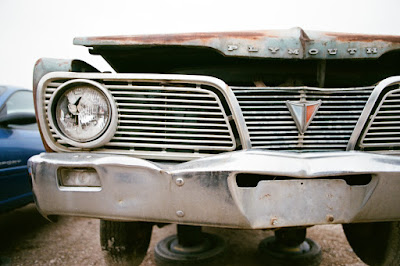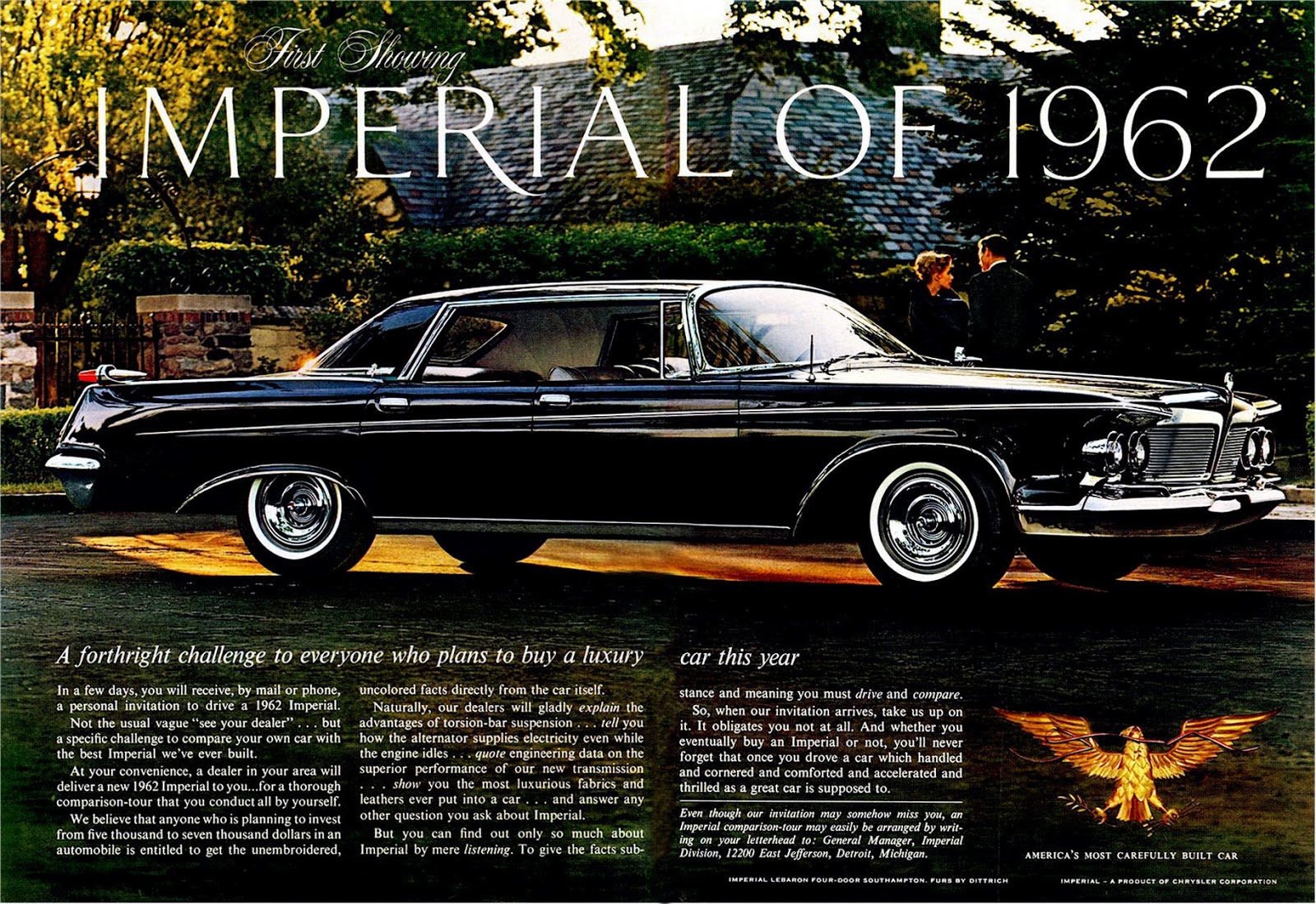conditions for "Boneless Happy Hour."
HOW TO OBTAIN A FREE BONELESS PIECE:
..To obtain the Free Boneless Piece...consumers should say the password “I ate the bones” to request a Free Boneless Piece or otherwise request a Free Boneless Piece...Participating KFC restaurant manager reserves the right to deny Free Boneless Piece to any person he/she reasonably believes has already received a Free Boneless Piece or has engaged in any other fraudulent activity.
I can't help picturing a despondent Bernie Madoff being denied his boneless piece with a firm, "Take a hike, bozo."
I'm kinda bummed that I didn't know about the promotion back when it was a thing, because that's just the kind of disgusting shit that I'm totally not above eating. Realistically, the existence of, let's call it, "experimental" fast food, hinges on the assumption that the end user is purchasing and eating the product in a state of suspended self-respect. Of course the principle example of this is the KFC Famous Bowl, immortalized via Patton Oswalt rant.
The internal dialog of Oswalt's theoretical bowl-eater are speculative, but the assumption that he is consuming it alone is probably correct. I don't have the numbers handy, but I would estimate that roughly 100% of fast food meals are consumed alone. Can we just call it "The Sadness Industrial Complex"? Or did we use that for Big Pharma already?
The circumstances in which one feeds themselves S.I.C. products are those of surrender; this is what happens when you're too unorganized, too exhausted, or too chronologically bankrupt to find the actual thing you want, and settle for something so much worse, that it's embarrassing. Consequently, the qualities you value in an S.I.C. establishment are totally inverted from those that you would in a regular restaurant. Ideally, it should look at least somewhat dingy and decidedly low-rent, such that your physical self looks better in relief. And you want no one there, since being seen is unpleasant at best, and has potential for sever damage with respect to social capital; once again, I don't have the data here in front of me, but I'm willing to say with confidence that if someone sees you eating a DoubleDown, the chances that person will ever have sex with you is slightly less than 0%.
Anyway, the fact is that working in a shitty office park off the expressway has led me to eat more fast food than at any other point in my life: partially a function of my laziness interfering with at-home sandwich production, and partially because the break-room in my office park is possibly the only place in north Austin that is more depressing than the interior of a Wendy's. Here are a few of the more memorable food products that I put inside my body recently.
The "Big King"
assembled By Burger King.
Those sneaky bastards. After three decades spent ridiculing McDonald's infinitely sequential patty-bun-patty-bun routine, they quietly slipped a knock-off Big Mac on their own menu. That's really the only thing that's interesting here. It's just a Big Mac you buy at Burger King. Is this, symbolically, as massively important as it seems? How many angry conference calls came before this impostor showed up? Did a B.K. exec jump to his death when this product was approved? Did an analogous McDonald's VEEP, jump on his desk to perform victorious krumping when he heard the news? Unfortunately, eating this burger answered none of these questions.
Flavor: 2/10
Presentation: 2/10
Digestibility: 3/10
The "Pretzel Bacon Cheeseburger"
assembled by Wendy's
Folks have gotten pretty burned out on this Pretzel Bread thing, but I totally understand why the major chains were trying to put the pretzel-treatment on absolutely everything. Durability. This shit is hard to deform, and consequently, this is the only fast food burger I've ever eaten that looked like the picture. Even as a true garbage-eating adherent, I'm perplexed by the persistence bacon in fast food; the degradation of bacon starts immediately after it stops cooking, and the S.I.C. has yet to find a way around this; this bacon is exactly like any other fast food bacon: luke-warm, wet, and flavorless. All that aside, the manufacturer's listing of caloric content is the most profound thing here. 680 calories for this hefty pile of pretzel, cheese, mayo and beef fat? This seems...suspicious. Do we verify these numbers? Is there an independent agency that has a mobile burger burning lab? Fuck it. No one cares.
Flavor: 5/10
Presentation: 7/10
Digestibility: 2/10
The "Polish Sandwich" assembled by Wienerschnitzel
Apparently this is a thing? I first thought it was a physically-manifested Pollack joke, out of "Raising Arizona," but apparently this is a product from a national franchise: A single sliced Sausage, yellow mustard, a dill spear, both cheese and bread that appear to have been sourced from a bodega. Polish Sandwich. Really, I admire the simplicity here. Although sausage itself is kind of a blackbox, there's something reassuring about getting a lunch that looks like it was simply slapped together by an absentminded parent. Here's why this is amazing. Eating the number 9 breakfast at Micky D's leaves me with "McGriddle lipstick", a slick and persistent coating of some type of grease, and whatever syrup infusion has been chemically bonded to each little griddlecake discus. Basically, the prospect of mysterious, synthetic poisons hidden within one's lunch isn't an entirely imagined concern, and the humble Polish Sandwich is much less anxiety inducing in this regard.
Flavor: 4/10
Presentation: 1/10
Digestibility: 8/10
I guess I don't really have a point here. Aside from public self-shaming. Maybe the best hope for an improved diet is to document our worst meals as if they were our best.
The "Big King"
assembled By Burger King.
Those sneaky bastards. After three decades spent ridiculing McDonald's infinitely sequential patty-bun-patty-bun routine, they quietly slipped a knock-off Big Mac on their own menu. That's really the only thing that's interesting here. It's just a Big Mac you buy at Burger King. Is this, symbolically, as massively important as it seems? How many angry conference calls came before this impostor showed up? Did a B.K. exec jump to his death when this product was approved? Did an analogous McDonald's VEEP, jump on his desk to perform victorious krumping when he heard the news? Unfortunately, eating this burger answered none of these questions.
Flavor: 2/10
Presentation: 2/10
Digestibility: 3/10
The "Pretzel Bacon Cheeseburger"
assembled by Wendy's
Folks have gotten pretty burned out on this Pretzel Bread thing, but I totally understand why the major chains were trying to put the pretzel-treatment on absolutely everything. Durability. This shit is hard to deform, and consequently, this is the only fast food burger I've ever eaten that looked like the picture. Even as a true garbage-eating adherent, I'm perplexed by the persistence bacon in fast food; the degradation of bacon starts immediately after it stops cooking, and the S.I.C. has yet to find a way around this; this bacon is exactly like any other fast food bacon: luke-warm, wet, and flavorless. All that aside, the manufacturer's listing of caloric content is the most profound thing here. 680 calories for this hefty pile of pretzel, cheese, mayo and beef fat? This seems...suspicious. Do we verify these numbers? Is there an independent agency that has a mobile burger burning lab? Fuck it. No one cares.
Flavor: 5/10
Presentation: 7/10
Digestibility: 2/10
The "Polish Sandwich" assembled by Wienerschnitzel
Apparently this is a thing? I first thought it was a physically-manifested Pollack joke, out of "Raising Arizona," but apparently this is a product from a national franchise: A single sliced Sausage, yellow mustard, a dill spear, both cheese and bread that appear to have been sourced from a bodega. Polish Sandwich. Really, I admire the simplicity here. Although sausage itself is kind of a blackbox, there's something reassuring about getting a lunch that looks like it was simply slapped together by an absentminded parent. Here's why this is amazing. Eating the number 9 breakfast at Micky D's leaves me with "McGriddle lipstick", a slick and persistent coating of some type of grease, and whatever syrup infusion has been chemically bonded to each little griddlecake discus. Basically, the prospect of mysterious, synthetic poisons hidden within one's lunch isn't an entirely imagined concern, and the humble Polish Sandwich is much less anxiety inducing in this regard.
Flavor: 4/10
Presentation: 1/10
Digestibility: 8/10
I guess I don't really have a point here. Aside from public self-shaming. Maybe the best hope for an improved diet is to document our worst meals as if they were our best.


































